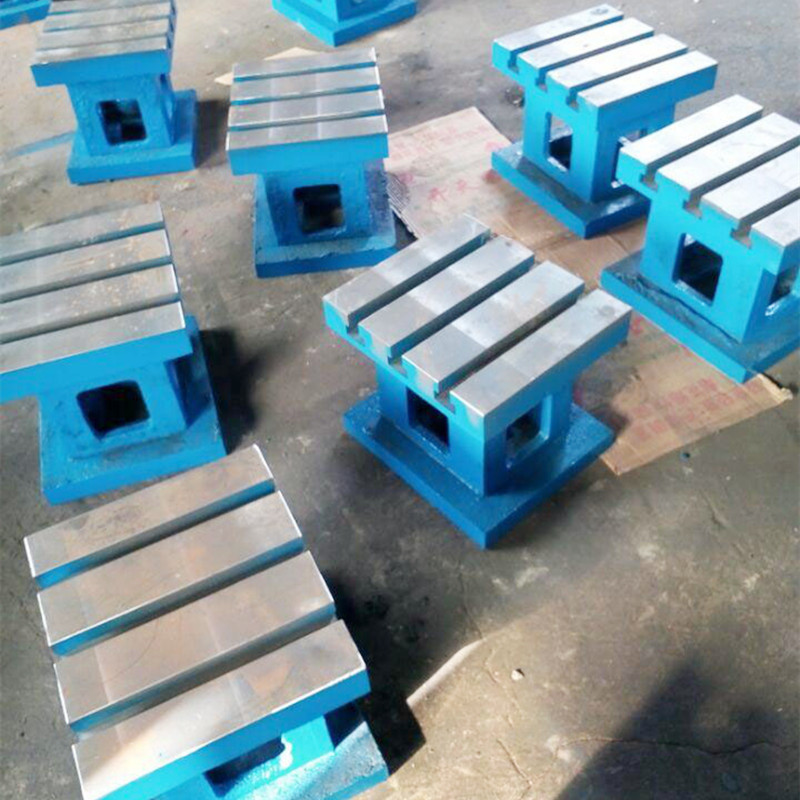Novemba . 12, 2024 06:23 Back to list
80mm butterfly valve
Understanding the 80mm Butterfly Valve Design, Function, and Applications
In industrial applications, the use of valves is crucial for regulating fluid flow within systems. Among the various types of valves, the butterfly valve is highly renowned for its ease of use and operational reliability. This article delves into the 80mm butterfly valve, highlighting its design, function, advantages, and applications.
Overview of Butterfly Valves
Butterfly valves are quarter-turn rotational valves that consist of a disc that pivots on a shaft within the pipe. As the valve is turned, the disc rotates to either permit or obstruct flow, providing a quick and efficient means of controlling the passage of fluids, whether they are gases, liquids, or slurries.
The 80mm in the designation refers to the valve's nominal diameter, indicating the inside pipe diameter that the valve fits. In essence, an 80mm butterfly valve is designed for use in pipelines with an inner diameter of 80 millimeters.
Design Features
1. Disc The disc is the key component of the butterfly valve and is typically made from durable materials such as stainless steel, aluminum, or plastic. Its shape resembles a disc or wafer, allowing for minimal resistance to fluid flow when fully opened.
2. Body The valve body can be constructed from various materials, including cast iron, carbon steel, or PVC, depending on the application and the type of fluid involved. The choice of material affects the valve's durability, resistance to corrosion, and overall performance.
3. Actuation Butterfly valves can be operated manually using a lever or be automated using electric or pneumatic actuators. Automated systems enable precise control, making them ideal for applications requiring frequent adjustments.
4. Sealing Mechanism The sealing surfaces in a butterfly valve play a significant role in preventing leaks. Common sealing materials include rubber, polymer, or metal, allowing the valve to function effectively across various pressure and temperature ranges.
Functionality and Advantages
The primary function of the 80mm butterfly valve is to control the flow of fluid with minimal pressure drop. As a quarter-turn valve, it can be opened or closed quickly, facilitating rapid changes in flow. Some key advantages of using butterfly valves include
80mm butterfly valve

- Compact Design Butterfly valves are relatively compact compared to other valve types, making them ideal for installations where space is limited.
- Low Flow Resistance Their streamlined design minimizes turbulence and pressure loss when the valve is in the open position, promoting efficient flow.
- Versatile Applications They are suitable for a wide range of applications, from water treatment and HVAC systems to food and chemical processing.
- Cost-Effectiveness Butterfly valves are often more affordable than other valve types, particularly in larger sizes, providing an economical solution for many industries.
Applications
The versatility of the 80mm butterfly valve makes it suitable for various sectors
1. Water Treatment Used for controlling water flow in treatment plants, these valves help regulate processes such as filtration, sedimentation, and disinfection.
2. HVAC Systems In heating, ventilation, and air conditioning systems, butterfly valves regulate the flow of air and refrigerants, ensuring efficient system performance.
3. Food and Beverage Industry Sanitary butterfly valves allow for the safe transport of liquids and slurries in food processing applications, adhering to strict hygiene standards.
4. Chemical Processing With their ability to handle corrosive fluids, butterfly valves are also commonly found in chemical manufacturing processes.
Conclusion
The 80mm butterfly valve stands out as a reliable and efficient component in various fluid transport systems. Its design, functionality, and advantages make it an invaluable tool in numerous industrial applications. As industries strive for greater efficiency and lower operational costs, the demand for such versatile and effective valve systems continues to grow, ensuring that the butterfly valve will remain a key player in fluid dynamics for years to come.
-
Why Metric Trapezoidal Thread is Ideal for Precision Motion ControlNewsAug.05,2025
-
The Unique Properties of a Block of Granite for Industrial UseNewsAug.05,2025
-
The Role of Flanged Y Strainers in Preventing Pipeline ClogsNewsAug.05,2025
-
The Importance of Regular Calibration for Master Ring GagesNewsAug.05,2025
-
How a Cast Iron Surface Table Enhances Accuracy in ManufacturingNewsAug.05,2025
-
Comparing Different Check Valve Types for Optimal Flow ControlNewsAug.05,2025
Related PRODUCTS









